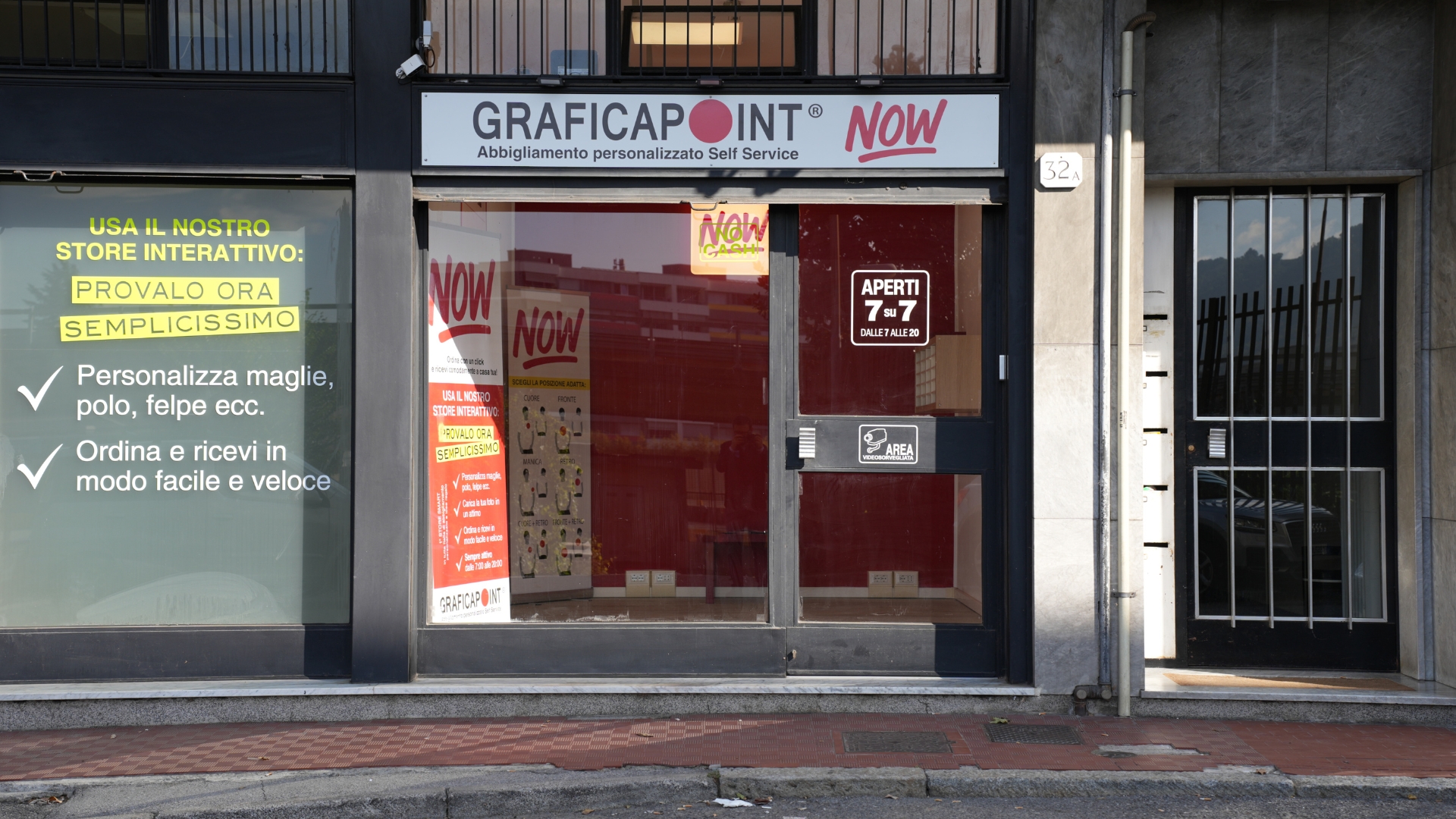Why shoppers still want to buy from physical stores
.jpg)
Why do consumers still want in-store retail, despite the boom of e-commerce?
In the age of Amazon, Shopify and a plethora of other e-commerce platforms, one would think that the future of retail will be primarily digital, thanks to the ease, comfort and efficiency of online consumerism.
Yet, this isn’t the whole picture. Retailers have been surprised to find that, despite all the benefits of e-commerce listed above, consumers still desire ‘traditional’ brick-and-mortar stores to buy their goods and services.
This article will analyse why physical in-store retail will likely continue to thrive, why consumers prefer a hybrid approach to their retail shopping, and how small and independent retailers can facilitate this demand.

Setting the background
Before diving into why consumers still want physical stores, let’s look at the future of retail trends for physical stores.
After the boom of E-commerce during the pandemic we now see online and offline sales are back to where they were in 2019.
A recent Shopify report highlighting the future of retail identified that consumers are “significantly more likely to buy from brands with a local presence, meaning that they want local brick-and-mortar stores in addition to a digital experience”. This was the case for North America at 49%, Europe at 50%, Africa in the Middle East and Asia at 42%.

Customers aren’t set on a solely digital shopping future. Instead, many want a multi-faceted retail funnel approach that can start and end on any channel “55% of consumers want to browse products online and check what’s available on local stores. That’s why over the next year, 43% of brands will focus on showing available inventory in nearby stores”.
These data are confirmed by Forbes “Shoppers Still Value In-Store Retail Experiences”, “consumers’ unwavering desire to shop in-store; 48% of shoppers head to the store rather than the internet when given the choice.”, and Emarsys “physical stores remain the most popular shopping method for US consumers”, which say than “More than half (54%) of US consumers prefer to shop in store than anywhere else “
But it is not just their preference, we have evidence of this also showing up in their actual behaviour. Indeed, most consumers were forced online during the pandemic lockdowns. McKinsey, among other analysts suggested at the begininig of the pandemic that the world had shifted 10 years forward in terms of digitalisation in just 90 days .

The received wisdom was that the transition to online shopping was a one-way street. Once a consumer how learnt how to find a particular product online, they would not return to in-store shopping. Well a further 3 lockdowns and 2 more years experience actually proved otherwise. Once stores re-opened, shoppers rushed back to them.

So, why do consumers still want to shop in physical stores?
We’ve summarised three core reasons why consumers still want brick & mortar stores for their future retail shopping experiences:
In Store experience
Despite the convenience that online shopping has brought us, with the ability to find almost anything we need without ever leaving our homes, there’s a sense of retail engagement that you simply don’t get from just looking at products online.
Many consumers may prefer to physically touch an item to feel a sense of personal connection to it.
Forbes says that it “is the experience of in-store shopping that draws shoppers to brick-and-mortar retail locations. Online alternatives simply cannot recreate the all the sensory or interpersonal experiences that in-store shopping offers.”
Interacting with a potential purchase in-person creates a feeling of certainty and confidence that is sometimes
absent from online shopping.
To discover, browse and relax
Customers expressed that they like to shop in-store to discover new products and buy items they may not have even thought they needed.
For instance, 50% of adult shoppers buy online and pick up in stores with 67% adding extra items to their carts when they can pick them up immediately.
Additionally, shopping can be used as a way to relax for many consumers. According to a survey from Clicktale,
40% of shoppers use ‘retail therapy’ to calm down.
To socialise and engage with community
Perhaps a somewhat overlooked yet important part of shopping for many consumers is the social element of it. Simply striking up conversations with strangers, asking for recommendations from knowledgeable staff and enjoying the bustle of a crowd is enough for many people to prefer to shop in-store rather than online.
So despite social media creating many virtual communities, one thing that people notably missed whilst enduring the pandemic was a sense of real-life community and going on outings.
Customers also like to support their local high street to make their home area even more alive.

What can retailers do to support the future of in-store retail?
With the above reasons in mind, we’ve compiled five necessary steps retailers can take to improve their physical stores to adapt to the future of retail shopping:
Provide more aid in-store
There have likely been many times you were significantly swayed (or dissuaded) to purchase a product or service because of the quality of a brand’s in-store staff support. We are certainly more inclined to buy from a retailer when an in-person staff member has taken the time to understand and support me when buying something in-store.
Brands and retailers businesses should continue to hire competent and knowledgeable in-person assistants. Advice and support can be delivered to customers in a much more tactile and personalised manner to create a subtle yet important rapport between customers and in-store staff.
It’s for this reason that it’s arguably imperative that store owners provide their in-person staff with high-level
training in both customer communication and product/service knowledge. Businesses that do this will ultimately
reap a plethora of dividends in the future, likely in the form of solid customer loyalty and a continued positive brand reputation.
Keep the store experience on point
Providing an experience in store that you can’t provide online is making the difference. Get Dor is saying “Boring brick and mortar is a dying breed. However, experiential retail, where the retailers and brands are using the physical space as a way to connect, engage and educate will do quite well.”
Bira (British Independent Retailers Association) advice to “pay attention at the product independent retailer wants to stock and continuously improve the store layout and displays to make it attractive and improve footfall”.
Improve omni channel experience
It’s becoming increasingly clear that consumers want neither purely digital nor in-store shopping but rather a hybrid approach.
To support an omni-channel shipping experience, retailers should update their inventory in real time across all channels. This way, customers can be confident that the product they want online is available when they arrive at the store.
Even Shopify, who developed most of his business with pure DNVB (Digital Native Vertical Brand) is advising them to have a physical presence and develop an omni-channel experience through their POS (Point of Sales).
In-store support tools and kiosks:
As a supplement to further assistance in stores, retailers can relieve some role requirements from their staff by digitalising them, thus giving their consumers more autonomy and choice in their shopping experience.
They can provide digital kiosks where customers can look up key information and advice on products, including stock amounts and collection options.
Kearny report showed that 83% of Gen Z respondents indicated that support tools (like kiosks) were “an extremely or moderately important element in their in-store shopping experience”.
Offer in-person specific promotional samples
Using promotional samples to encourage sales is a longstanding, tried and tested marketing technique that’s been used in the retail sector for years. The rationale is that retailers provide potential customers with a taste of what the product or service is like, thus increasing the likelihood of them making a purchase.
An AT Kearney survey says that 86% of respondents - Gen Z - stated they were looking for “exclusives and
promotions including free samples, giveaways and contests” when shopping in brick-and-mortar stores.

The takeaway? Hybrid channels and experience in store are looking to be the future of retail.
To summarise, even though consumer behaviour is changing they still love to shop in Brick & mortar, see and touch products and spend time discovering new ones.
The challenge for retailers is to create an experience in store that can’t be created online with advice from sales assistants, omni-channel experience, and use tools like kiosks to better showcase their products.
Retailers who understand these factors and embrace technology to unify channels will undoubtedly have a competitive advantage that will ultimately win and retain more customers. This very probably why we see a company like Shopify moving its strategy toward brick & mortar.



